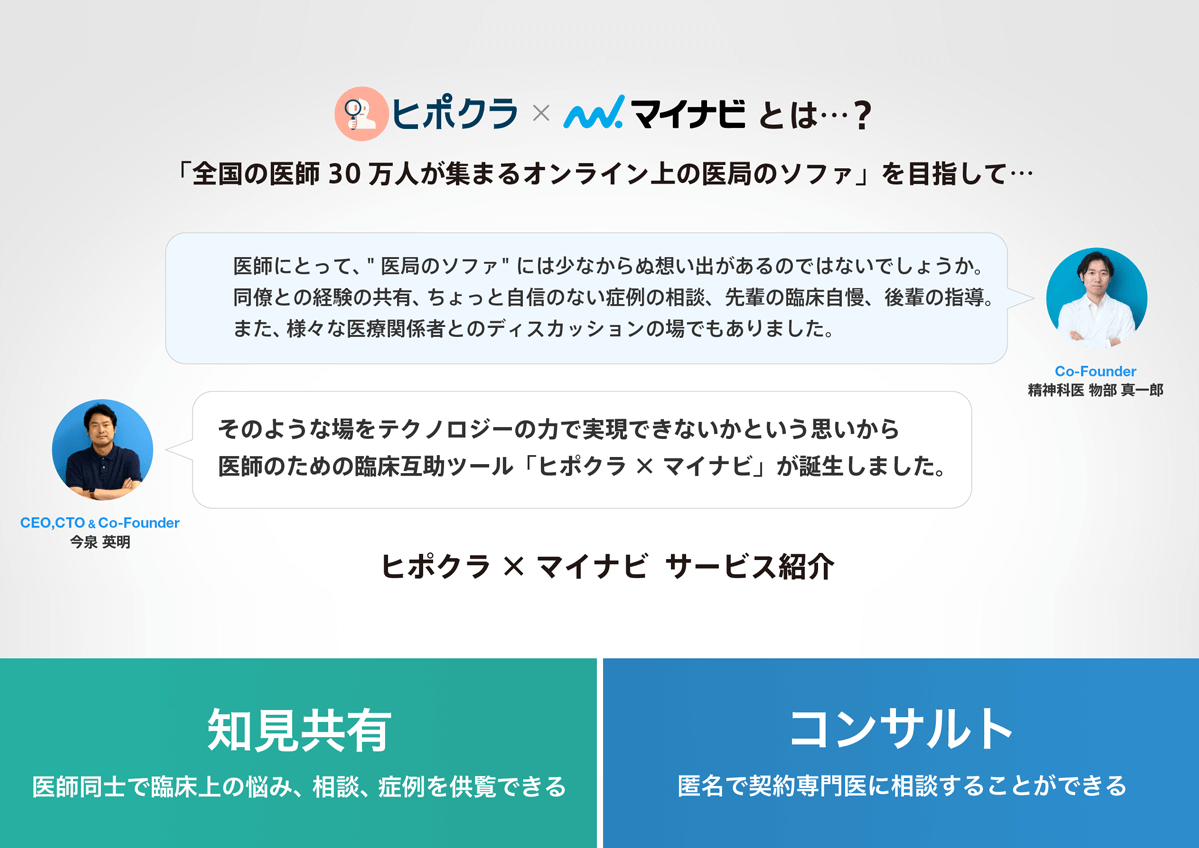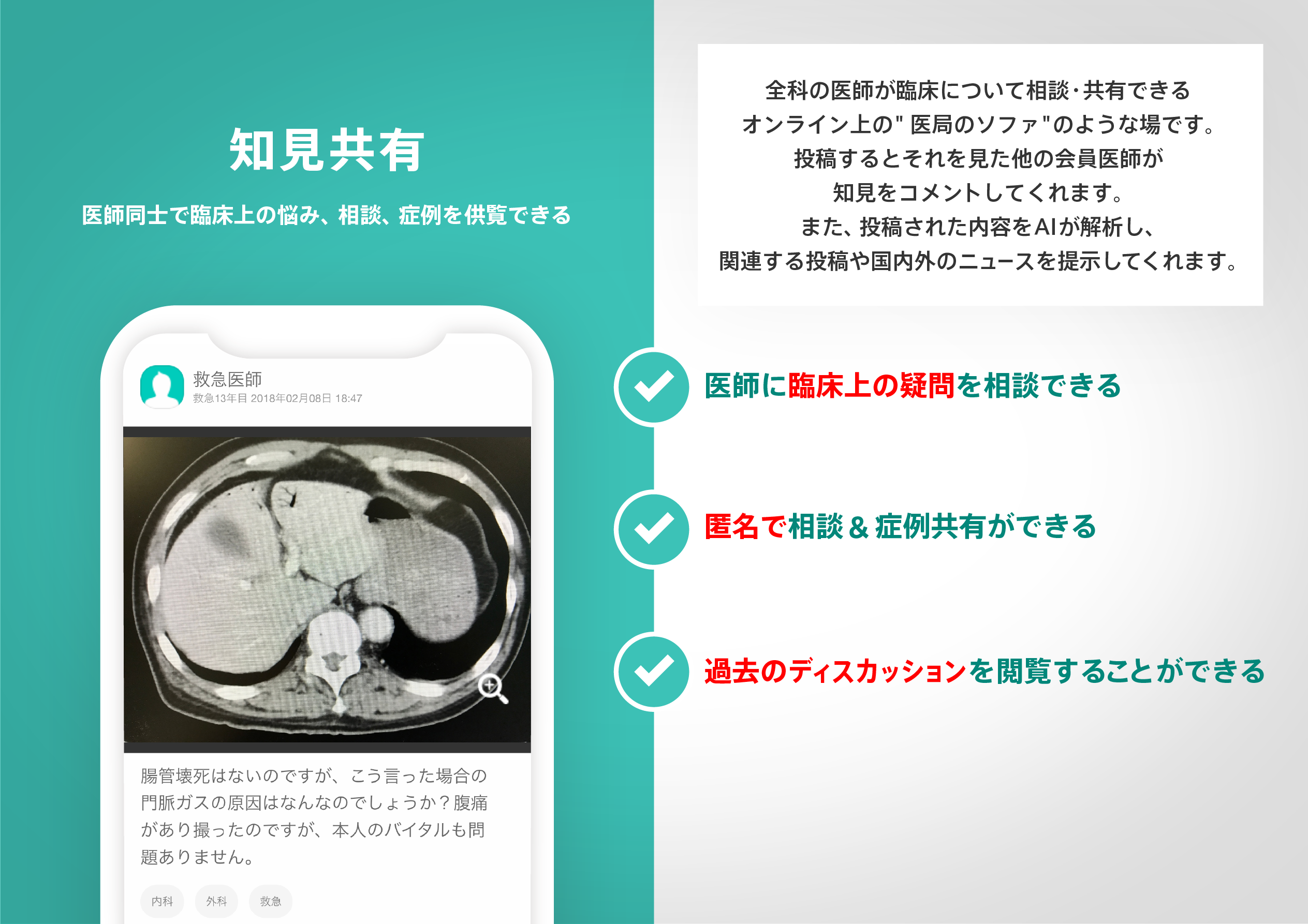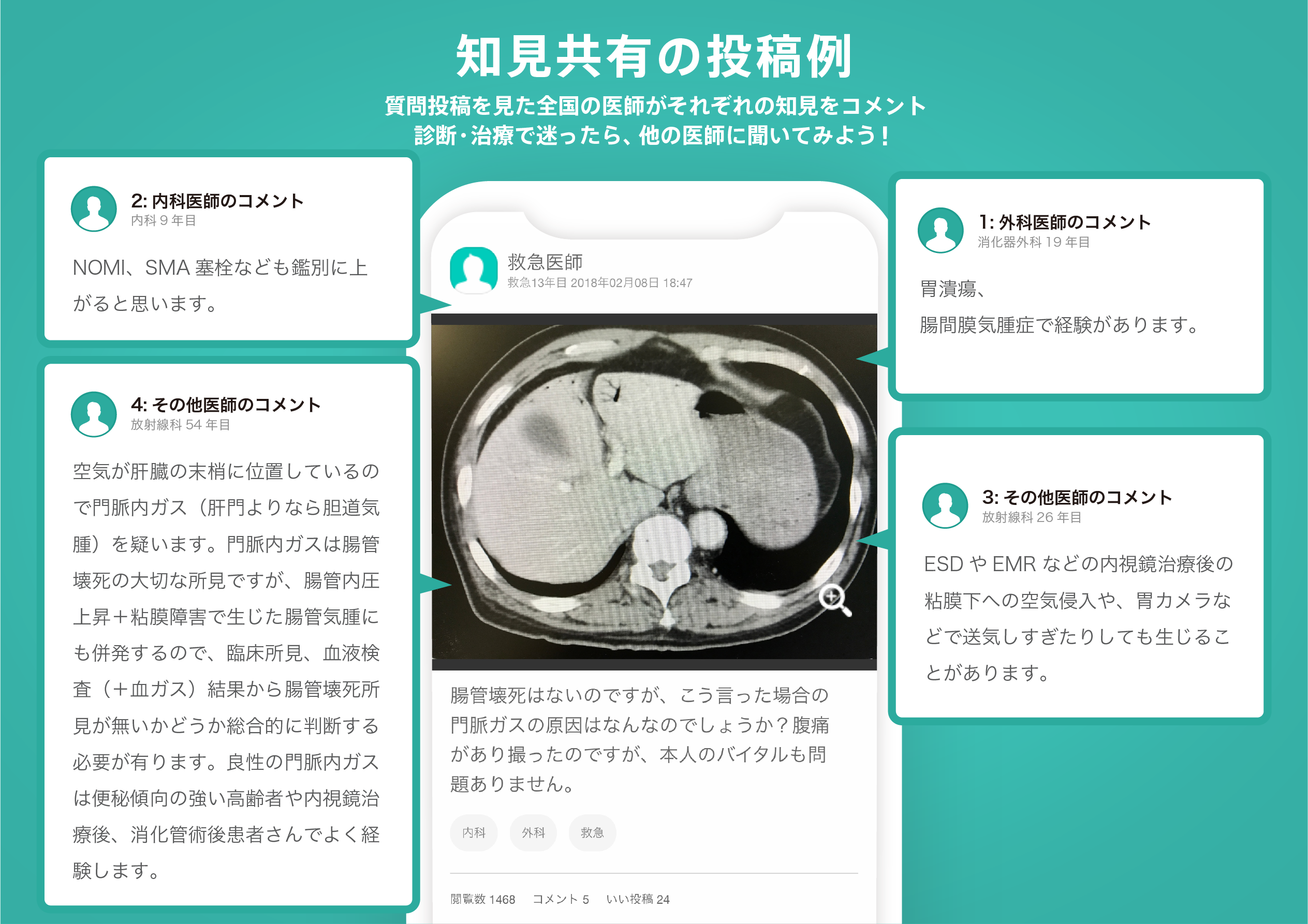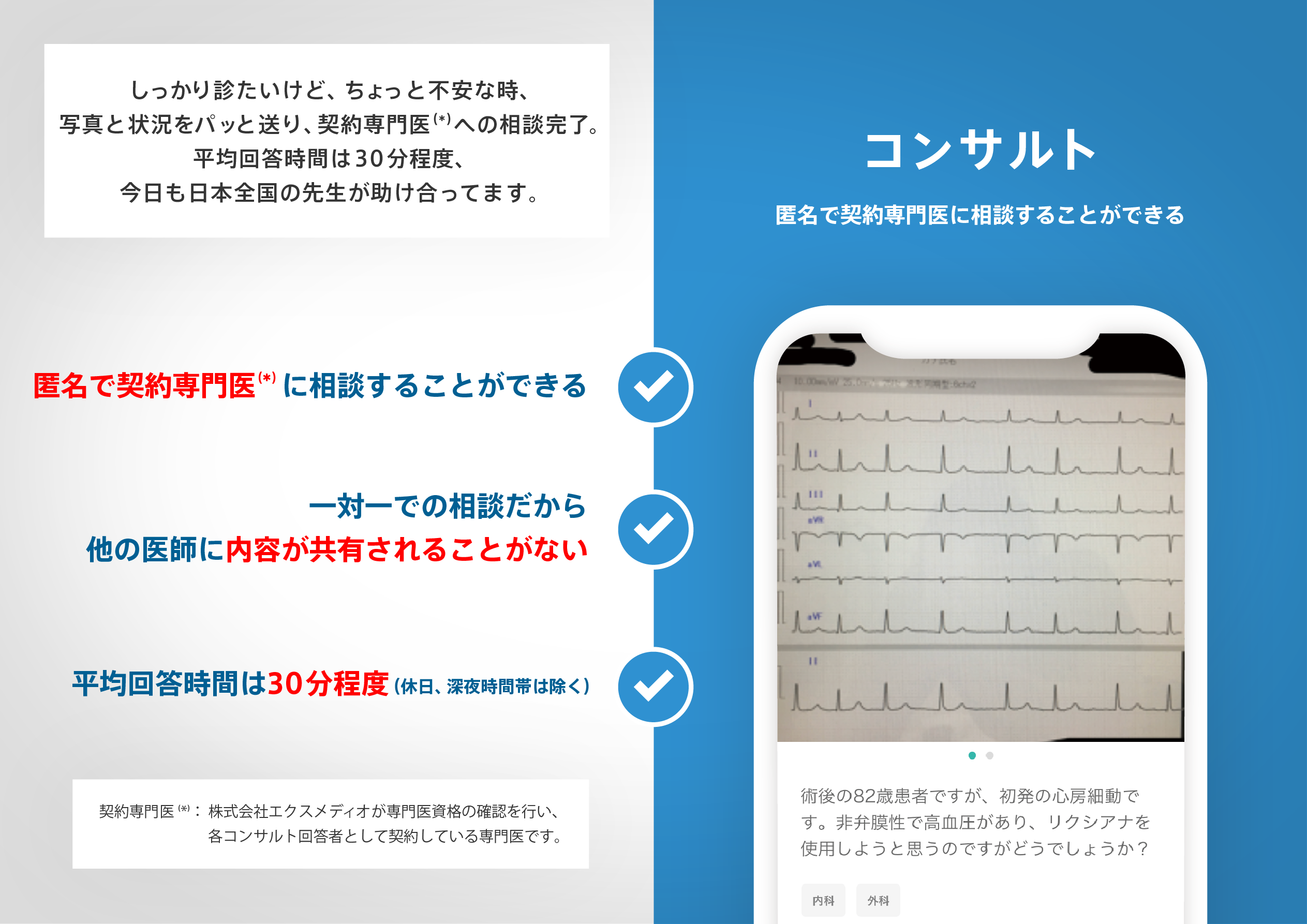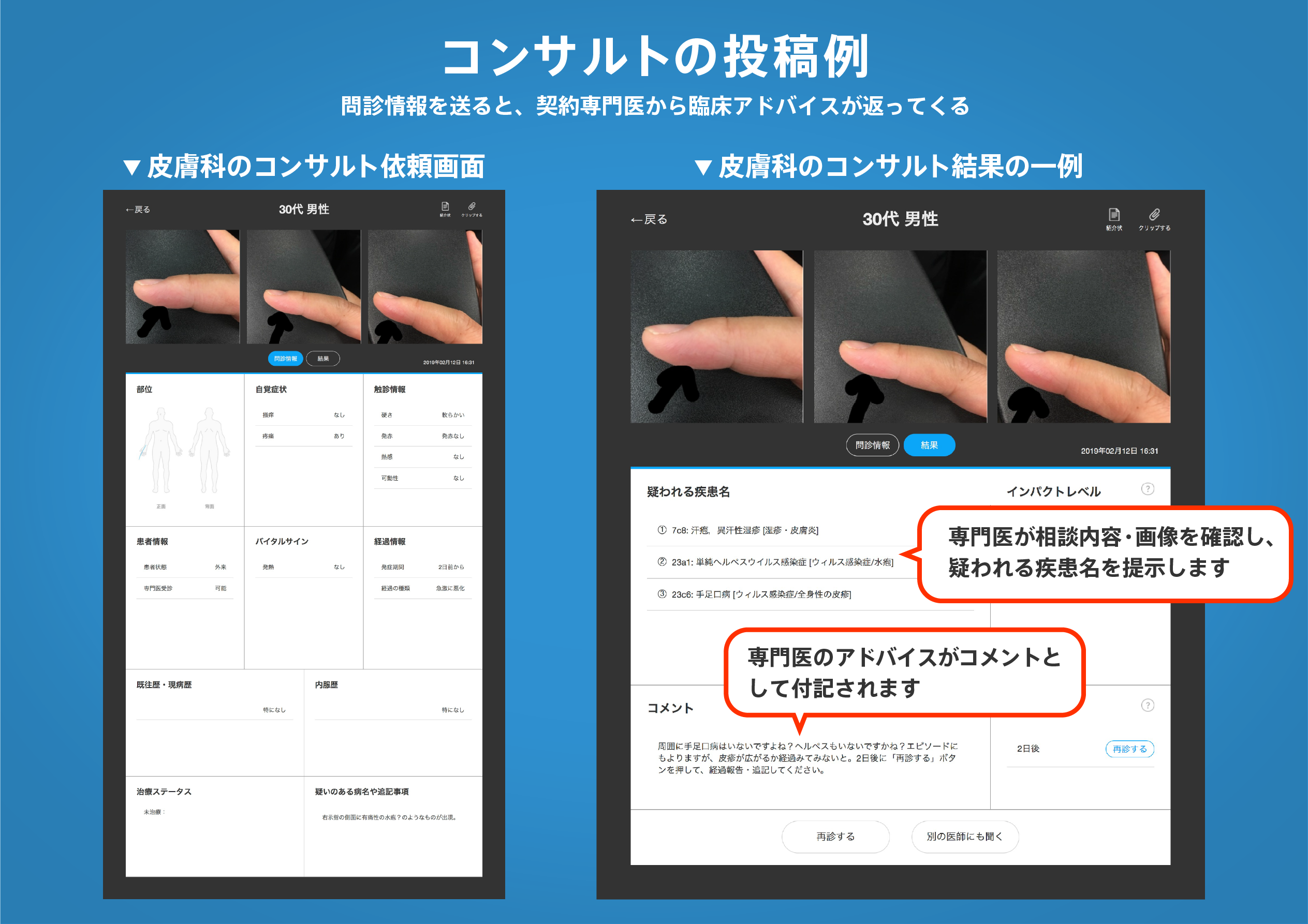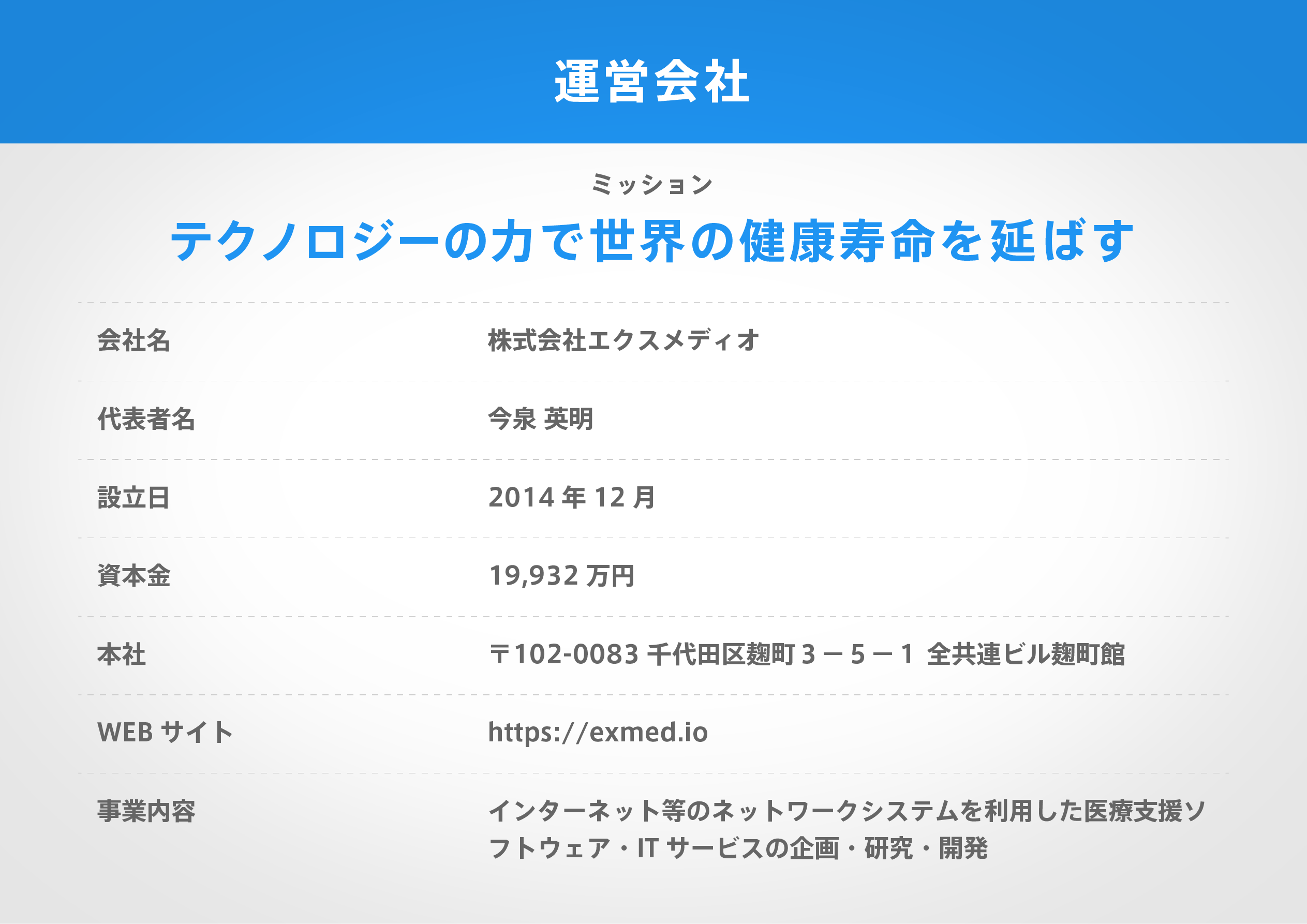著名医師による解説が無料で読めます
すると翻訳の精度が向上します
目的:少なくとも最小限の交絡因子の調整後、妊娠糖尿病と妊娠の有害な結果との関連を調査する。 設計:系統的レビューとメタ分析。 データソース:Web of Science、PubMed、Medline、およびCochrane Database of Systematic Reviews、1990年1月1日から2021年11月1日まで。 レビュー方法:妊娠糖尿病の女性の妊娠の合併症を報告する試験のコホート研究と制御群は、包含の資格がありました。インスリンの使用に基づいて、研究は3つのサブグループに分けられました:インスリンの使用(患者は疾患の過程でインスリンを使用したことがない)、インスリンの使用(さまざまな割合の患者がインスリンで治療された)、およびインスリンの使用は報告されていません。サブグループ分析は、国の状況(開発または開発)、研究の品質、診断基準、およびスクリーニング方法に基づいて実行されました。メタ回帰モデルは、インスリンを投与された患者の割合に基づいて適用されました。 結果:7 506 061の妊娠を用いた156の研究が含まれ、50人(32.1%)がバイアスのリスクが低いか中程度のリスクを示しました。インスリンの使用がない研究では、交絡因子を調整すると、妊娠糖尿病の女性は帝王切開のオッズ(オッズ比1.16、95%信頼区間1.03〜1.32)、早産(1.51、1.26〜1.80)、低い1分間のオッズが増加しました。APGARスコア(1.43、1.01〜2.03)、大筋膜(1.70、1.23〜2.36)、および幼児は妊娠年齢(1.57、1.25〜1.97)で生まれました。インスリンの使用を伴う研究では、交絡因子に合わせて調整された場合、妊娠年齢(オッズ比1.61、1.09〜2.37)、または呼吸dis迫症候群(1.57、1.19〜2.08)または新生児黄und(1.28、1.028、1.028、1.028、1.028、1.028)の乳児を持つ可能性があります。1.62)、または新生児集中治療室(2.29、1.59〜3.31)への入院を要求することは、糖尿病のない女性よりも妊娠糖尿病の女性の方が高かった。機器の配達、肩のdystocia、産後出血、死産、新生児死亡、5分間のapgarスコア、低出生体重、および妊娠中の糖尿病患者の患者とのない女性の間の妊娠年齢の小数の違いの違いについて明確な証拠は見つかりませんでした。交絡因子の場合。国の状況、ボディマス指数の調整、およびスクリーニング方法は、妊娠のいくつかの有害な結果の研究間の不均一性に大きく貢献しました。 結論:交絡因子を調整すると、妊娠糖尿病は妊娠合併症と有意に関連していた。この調査結果は、妊娠糖尿病に関連する妊娠の有害な結果のより包括的な理解に貢献しています。将来の主要な研究では、予後要因のより完全なセットを調整することを日常的に検討する必要があります。 登録のレビュー:Prospero CRD42021265837。
目的:少なくとも最小限の交絡因子の調整後、妊娠糖尿病と妊娠の有害な結果との関連を調査する。 設計:系統的レビューとメタ分析。 データソース:Web of Science、PubMed、Medline、およびCochrane Database of Systematic Reviews、1990年1月1日から2021年11月1日まで。 レビュー方法:妊娠糖尿病の女性の妊娠の合併症を報告する試験のコホート研究と制御群は、包含の資格がありました。インスリンの使用に基づいて、研究は3つのサブグループに分けられました:インスリンの使用(患者は疾患の過程でインスリンを使用したことがない)、インスリンの使用(さまざまな割合の患者がインスリンで治療された)、およびインスリンの使用は報告されていません。サブグループ分析は、国の状況(開発または開発)、研究の品質、診断基準、およびスクリーニング方法に基づいて実行されました。メタ回帰モデルは、インスリンを投与された患者の割合に基づいて適用されました。 結果:7 506 061の妊娠を用いた156の研究が含まれ、50人(32.1%)がバイアスのリスクが低いか中程度のリスクを示しました。インスリンの使用がない研究では、交絡因子を調整すると、妊娠糖尿病の女性は帝王切開のオッズ(オッズ比1.16、95%信頼区間1.03〜1.32)、早産(1.51、1.26〜1.80)、低い1分間のオッズが増加しました。APGARスコア(1.43、1.01〜2.03)、大筋膜(1.70、1.23〜2.36)、および幼児は妊娠年齢(1.57、1.25〜1.97)で生まれました。インスリンの使用を伴う研究では、交絡因子に合わせて調整された場合、妊娠年齢(オッズ比1.61、1.09〜2.37)、または呼吸dis迫症候群(1.57、1.19〜2.08)または新生児黄und(1.28、1.028、1.028、1.028、1.028、1.028)の乳児を持つ可能性があります。1.62)、または新生児集中治療室(2.29、1.59〜3.31)への入院を要求することは、糖尿病のない女性よりも妊娠糖尿病の女性の方が高かった。機器の配達、肩のdystocia、産後出血、死産、新生児死亡、5分間のapgarスコア、低出生体重、および妊娠中の糖尿病患者の患者とのない女性の間の妊娠年齢の小数の違いの違いについて明確な証拠は見つかりませんでした。交絡因子の場合。国の状況、ボディマス指数の調整、およびスクリーニング方法は、妊娠のいくつかの有害な結果の研究間の不均一性に大きく貢献しました。 結論:交絡因子を調整すると、妊娠糖尿病は妊娠合併症と有意に関連していた。この調査結果は、妊娠糖尿病に関連する妊娠の有害な結果のより包括的な理解に貢献しています。将来の主要な研究では、予後要因のより完全なセットを調整することを日常的に検討する必要があります。 登録のレビュー:Prospero CRD42021265837。
OBJECTIVE: To investigate the association between gestational diabetes mellitus and adverse outcomes of pregnancy after adjustment for at least minimal confounding factors. DESIGN: Systematic review and meta-analysis. DATA SOURCES: Web of Science, PubMed, Medline, and Cochrane Database of Systematic Reviews, from 1 January 1990 to 1 November 2021. REVIEW METHODS: Cohort studies and control arms of trials reporting complications of pregnancy in women with gestational diabetes mellitus were eligible for inclusion. Based on the use of insulin, studies were divided into three subgroups: no insulin use (patients never used insulin during the course of the disease), insulin use (different proportions of patients were treated with insulin), and insulin use not reported. Subgroup analyses were performed based on the status of the country (developed or developing), quality of the study, diagnostic criteria, and screening method. Meta-regression models were applied based on the proportion of patients who had received insulin. RESULTS: 156 studies with 7 506 061 pregnancies were included, and 50 (32.1%) showed a low or medium risk of bias. In studies with no insulin use, when adjusted for confounders, women with gestational diabetes mellitus had increased odds of caesarean section (odds ratio 1.16, 95% confidence interval 1.03 to 1.32), preterm delivery (1.51, 1.26 to 1.80), low one minute Apgar score (1.43, 1.01 to 2.03), macrosomia (1.70, 1.23 to 2.36), and infant born large for gestational age (1.57, 1.25 to 1.97). In studies with insulin use, when adjusted for confounders, the odds of having an infant large for gestational age (odds ratio 1.61, 1.09 to 2.37), or with respiratory distress syndrome (1.57, 1.19 to 2.08) or neonatal jaundice (1.28, 1.02 to 1.62), or requiring admission to the neonatal intensive care unit (2.29, 1.59 to 3.31), were higher in women with gestational diabetes mellitus than in those without diabetes. No clear evidence was found for differences in the odds of instrumental delivery, shoulder dystocia, postpartum haemorrhage, stillbirth, neonatal death, low five minute Apgar score, low birth weight, and small for gestational age between women with and without gestational diabetes mellitus after adjusting for confounders. Country status, adjustment for body mass index, and screening methods significantly contributed to heterogeneity between studies for several adverse outcomes of pregnancy. CONCLUSIONS: When adjusted for confounders, gestational diabetes mellitus was significantly associated with pregnancy complications. The findings contribute to a more comprehensive understanding of the adverse outcomes of pregnancy related to gestational diabetes mellitus. Future primary studies should routinely consider adjusting for a more complete set of prognostic factors. REVIEW REGISTRATION: PROSPERO CRD42021265837.
医師のための臨床サポートサービス
ヒポクラ x マイナビのご紹介
無料会員登録していただくと、さらに便利で効率的な検索が可能になります。

